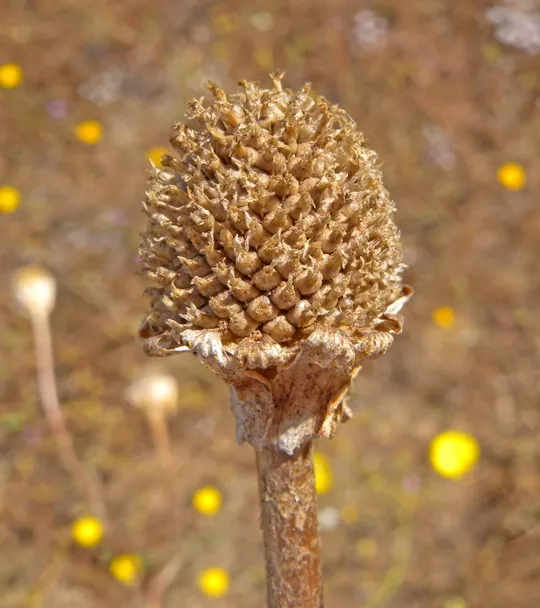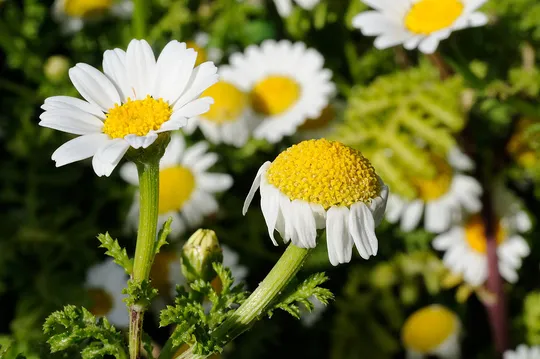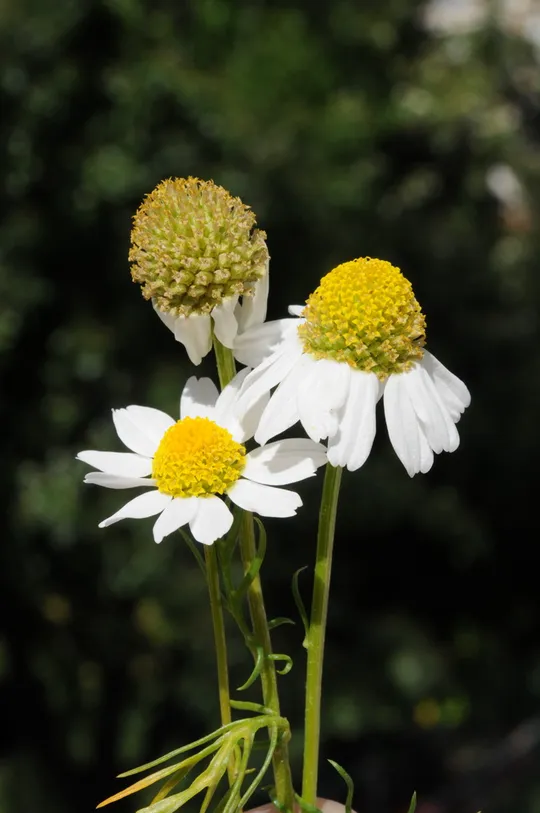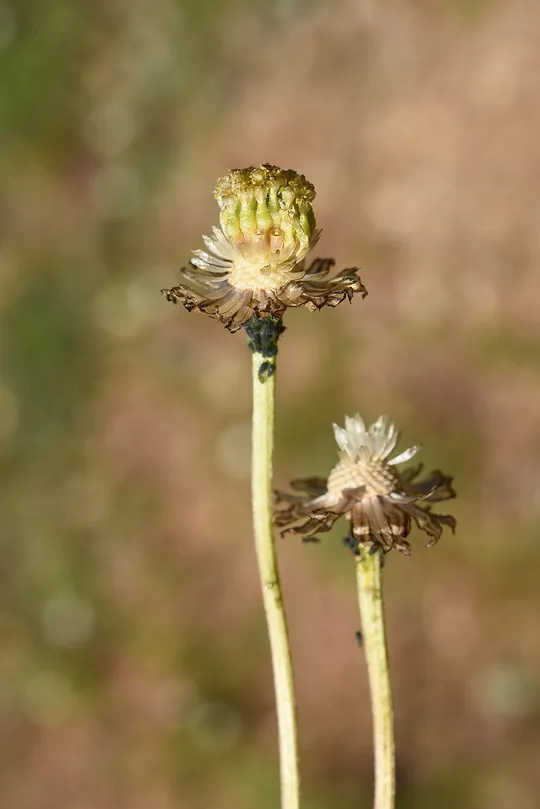Small-leaved Chamomile
Anthemis parvifolia
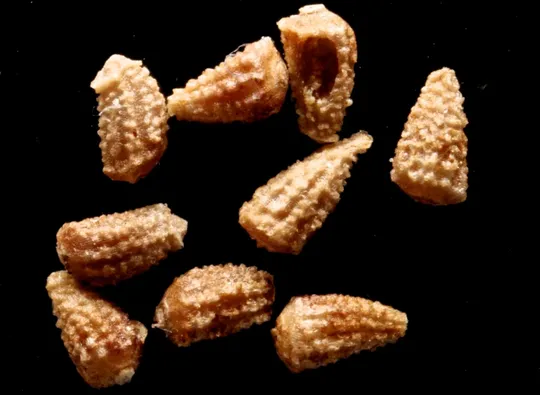
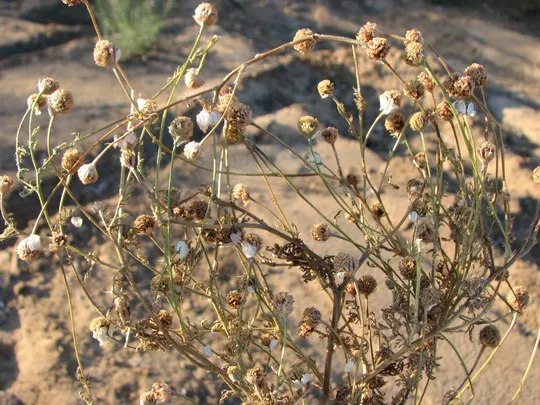
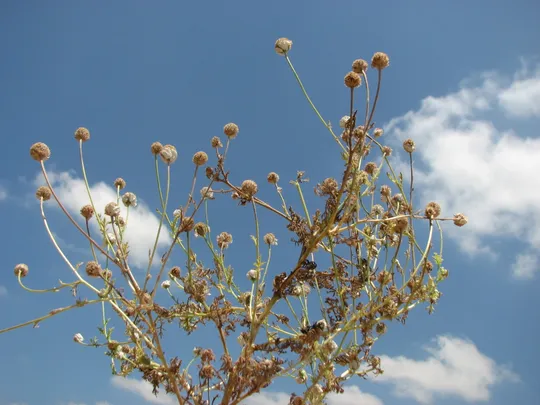
Anthemis parvifolia is an extremely
rare species in the country and is probably found today only in the Sharon in
the Hadera area near the Zeta Pond (last observation from 2010). In addition to
the Sharon, it had previously been collected once in the Jezreel Valley and the
Acre Valley (near Kfar Ata). In 2008 A. parvifolia
was recorded in the Jezreel Valley in the Rimon Stream (a tributary of the Kishon),
but because of the great difficulty in identifying the Anthemis species, plants
from this area require additional examination. In the literature the species is
also noted from the Carmel Coast (Danin, 2004), but this data from the Carmel
Beach is from the Kvara Marshes, which in this book is included in the Sharon. All
the collections of A. parvifolia in the
Jerusalem Herbarium from the Sharon are from the 1940s and end in 1971. It is
not clear if the collections
ended as a result of the
eradication of most of the populations in the 1960s or due to the completion of
Ziva Yeivin's doctoral dissertation on the genus Anthemis (Yeivin, 1971). It should be
noted that A. parvifolia was not known in Israel when Eig
wrote his monograph on the genus Anthemis (Eig, 1938) – which hints at the great
difficulty of finding the species already in the 1930s and at its rarity. Only
in the late 1960s did it become clear that the species grows in Israel in the
Hadera and Kfar Ata area. The species is extremely difficult to identify.
Partially flooded heavy soils.
For the genus – see Anthemis philistea.
A.
parvifolia was described from southern Turkey and belongs to the section
Maruta represented in Israel by A. bornmuelleri, A. cotula, A.
pseudocotula and A. parvifolia
(Yeivin, 1971). The characteristic features of the species: they are annuals, have
paleate receptacles, the paleae are lanceolate and pointed and their achene has
a square cross-section. The section includes 14 species commonly found in
Europe and eastwards to Iran and the southern Russian steppes. The
center of diversity of the group is the Eastern Mediterranean and eastern
Turkey. The most common species in the group is A. cotula, which is the most common of the
annual Anthemis in Europe and the Caucasus, where it grows as a weed on
the edges of fields. A. pseudocotula
is the most common species in Israel's Mediterranean region. This species
creates dominant carpets, especially in areas subject to overgrazing by cattle.
Like the other members of the group, it is an "anti-pastoral" species
– resistant to grazing and remaining on fields where cows graze and blooming on
extensive areas.
·
The number of
sites from where Anthemis parvifolia is known since
its discovery in Israel was always small, and during the last few decades, a severe
decline in its numbers has been clearly evident. It survived with certainty
only in one region – the Sharon.
·
The main reason
for its decline is probably habitat destruction, as happened to other seasonally
flooded heavy soil plants on the coastal plain and the Galilee valleys.
·
The only site
east of Hadera is not located in a declared nature reserve.
·
A. parvifolia
is found elsewhere in the Eastern Mediterranean Basin, but there is no
information available on its threat and conservation status.
Surveys should be conducted in areas with heavy soils in
an attempt to find Anthemis parvifolia populations and
update the information regarding the species. Populations around the Zeta Pond
area should be monitored and verify its existence in the Ta’anah Region in the Jezreel
Valley. The flowering season of A. parvifolia is
unusual compared with other Anthemis species in Israel and therefore it
is possible that it has not been located at some of its sites.
Anthemis parvifolia is found in southern
Turkey, Cyprus, Rhodes, Lebanon (Tripoli), as well as at one site in southern
France (although it is not cited in the Flora of Europe as growing in France).
This is a very rare species in Israel and in the world, which has only been
collected infrequently and therefore its identity is unclear.
Anthemis parvifolia is an extremely rare annual plant of flooded heavy soils
that has survived with certainty at only two sites. Its habitat is extremely
vulnerable, which is why it is extinct in several sites where it once grew.
ייבין זיוה, 1971, אבולוציה וטקסונומיה בסוג קחוון, משפחת המורכבים. האוניברסיטה העברית בירושלים (עבודת דוקטורט).
Current Occupancy Map
| 1000 squre meter pixel | 5000 squre meter pixel | 10000 squre meter pixel | |
|---|---|---|---|
| number of observations | 0 | 0 | 0 |
| in total pixels | 0 | 0 | 0 |
| Family | Asteraceae |
| Classification | On the endangered species list |
| Ecosystem | Mediterranean |
| Chorotype | Eastern Mediterranean |
| Conservation Site | Zeta Pond Region |
| Rarity |
1
4
6
|
|---|---|
| Vulnerability |
0
4
4
|
| Attractiveness |
0
0
4
|
| Endemism |
0
0
4
|
| Red number |
1
4.7
10
|
| Peripherality | N |
| IUCN category | DD EW EX LC CR EN VU NT |
| Threat Definition according to the red book | Endangered |
 Based on:
Based on:
